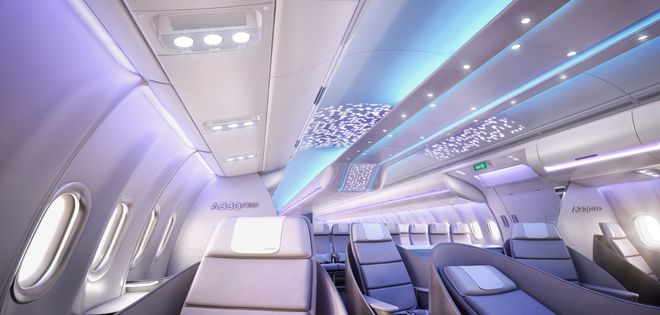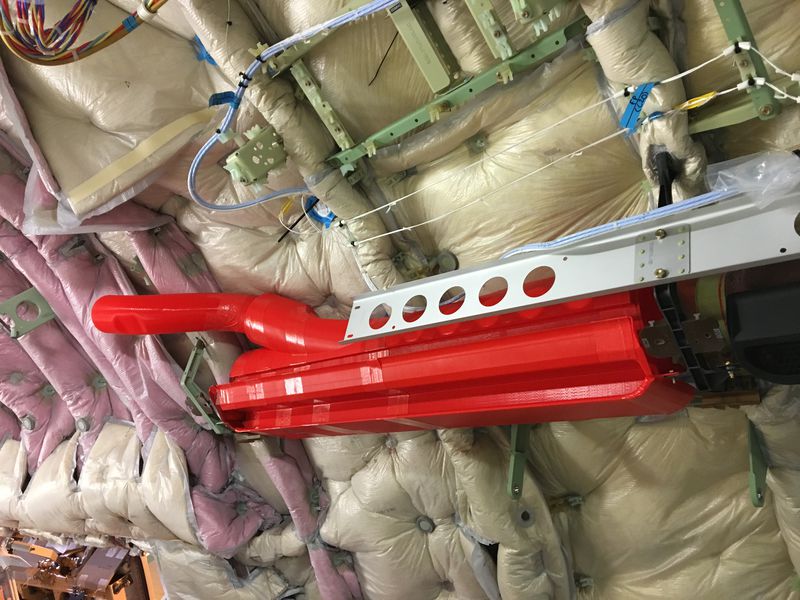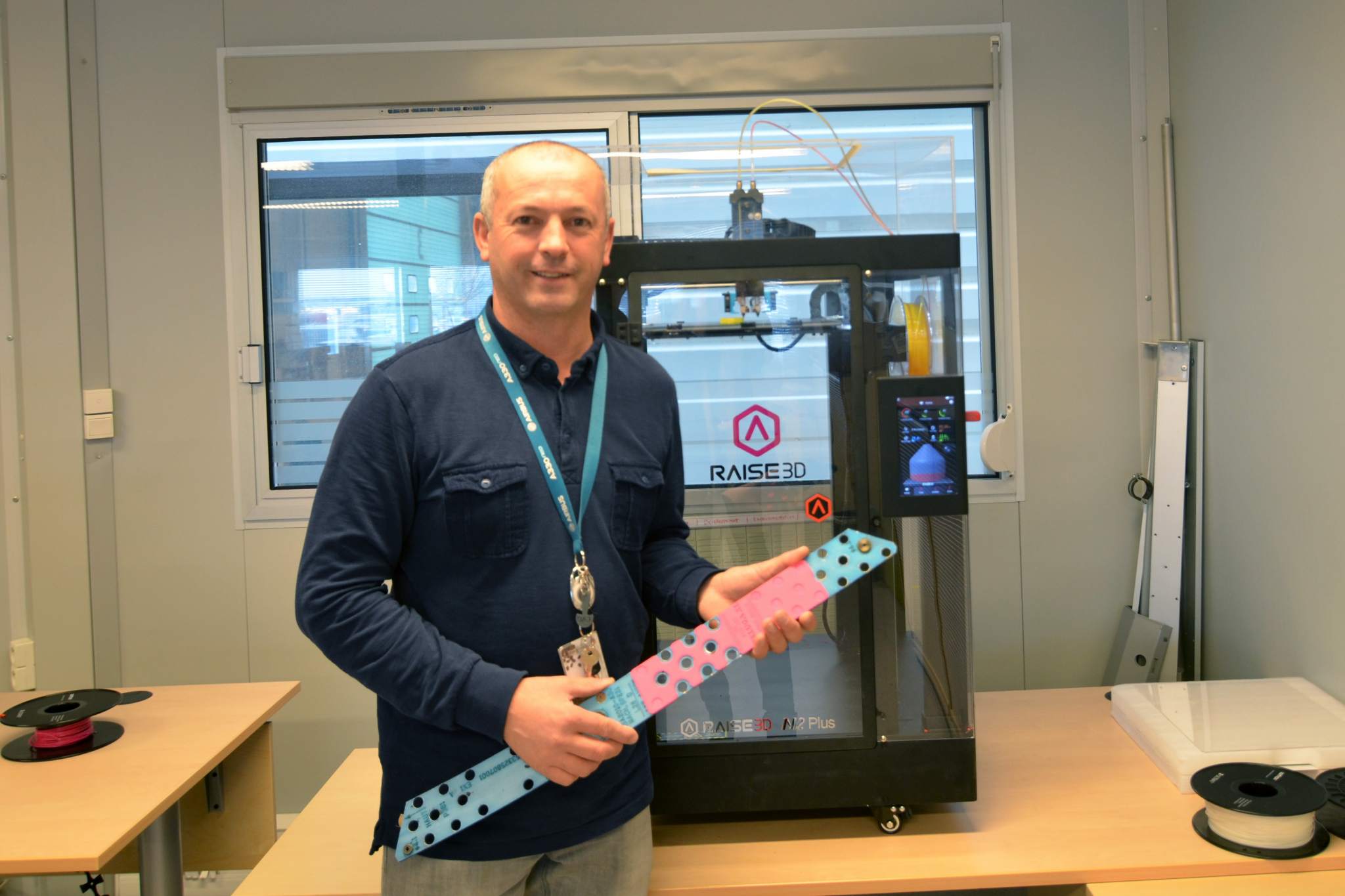Multinational aviation group Airbus has announced the use of 3D printing in components for two upcoming aircraft. In the case of the A330neo plane, a 3D printed part helps to create an “enhanced passenger experience“, while 3D printed construction aids have been applied to develop the ‘oversized’ Beluga XL cargo plane.
Increased baggage space
According to Airbus, the A330neo aircraft is the “launch vehicle for the Airspace by Airbus cabin philosophy” designed to give passengers a more luxurious travelling experience. To help create this environment, Airbus has redesigned the cabin with larger overhead lockers.

The company made this possible by adapting the air nozzle for the cabin’s climate control system with a 3D printed design. Airbus explained using 3D printing enabled, “fast reaction that saves both time and money.”

Beluga XL
The whale-inspired Beluga XL is designed to carry large parts and is expected to be in deployment by 2020. A drill rack masking cover has been 3D printed by the company, aiding in the construction of the plane. Marc Carré, the Mock-Up Integrator for Manufacturing at Airbus Commercial Aircraft, explained this process,
Operators come to me with a specific need and we discuss what’s possible, then I build a customised, computer-generated solution for manufacturing with the 3D printer.

Re-engineering luxury
Utilizing 3D printed design has the potential of saving space while cutting costs and lead times. In this case, Airbus has been enabled to rethink their cabin size. Similarly, GE has used 3D printing to optimize the functional design of the LEAP engine fuel nozzle. The 3D printed metal nozzle has now been certified for use by the Federal Aviation Administration.
UAE luxury airlines Etihad Airways has also begun incorporating 3D printed design in their interior cabins, with 3D printed monitor frames produced by Strata manufacturing.
For the latest news on 3D printed aircraft, sign up to our newsletter and follow us on twitter and Facebook.
Make sure to cast your vote in the 3D Printing Industry Awards.
Featured image shows the Beluga XL and the Beluga ST. Image via Airbus.



